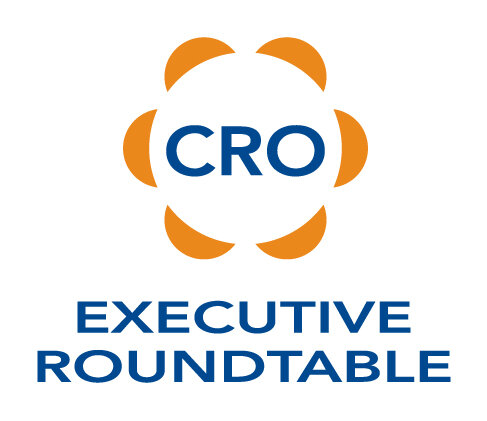In honor of March being Women's History Month, we have assembled some of our favorite quotes (of any gender).
“I’ve learned that people will forget what you said, people will forget what you did, but people will never forget how you made them feel.”
–Maya Angelou (Author/Poet)
“Don’t be intimidated by what you don’t know. That can be your greatest strength and ensure that you do things differently from everyone else.”
–Sara Blakely (Founder of Spanx – World’s Youngest Female Billionaire)
“Do one thing every day that scares you.”
–Eleanor Roosevelt
“I always did something I was a little not ready to do. I think that’s how you grow. When there’s that moment of ‘Wow, I’m not really sure I can do this,’ and you push through those moments, that’s when you have a breakthrough.”
–Marissa Mayer (CEO of Yahoo)
“We need to accept that we won’t always make the right decisions, that we’ll screw up royally sometimes – understanding that failure is not the opposite of success, it is part of success.”
–Arianna Huffington (Editor in Chief of Huffington Post)
“The question isn’t who is going to let me; it’s who is going to stop me.”
–Ayn Rand (Novelist)
“If your actions create a legacy that inspires others to dream more, learn more, do more and become more, then, you are an excellent leader.”
–Dolly Parton
“Don’t waste your energy trying to educate or change opinions; go over, under, through, and opinions will change organically when you’re the boss. Or they won’t. Who cares? Do your thing, and don’t care if they like it.”
–Tina Fey, Bossypants
“Consensus: “The process of abandoning all beliefs, principles, values, and policies in search of something in which no one believes, but to which no one objects; the process of avoiding the very issues that have to be solved, merely because you cannot get agreement on the way ahead. What great cause would have been fought and won under the banner: ‘I stand for consensus?”
–Margaret Thatcher
“In the future, there will be no female leaders. There will just be leaders.”
–Sheryl Sandberg, Lean In: Women, Work, and the Will to Lead












